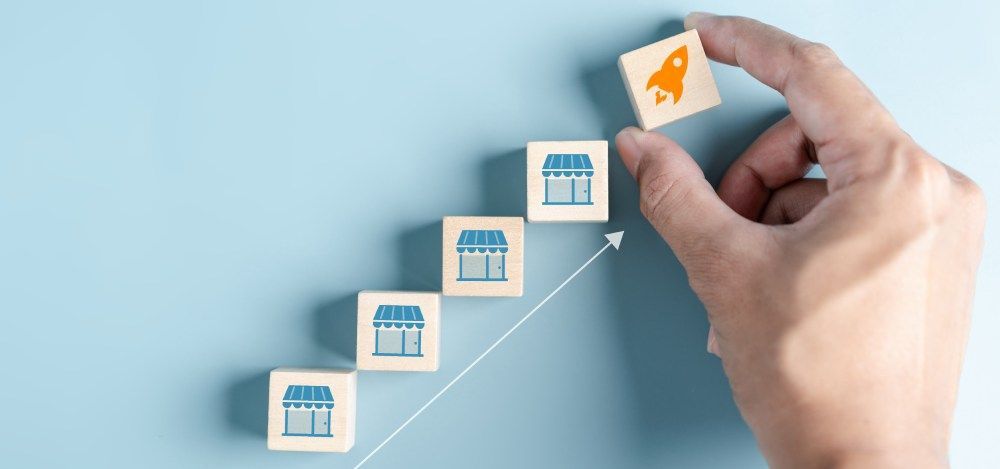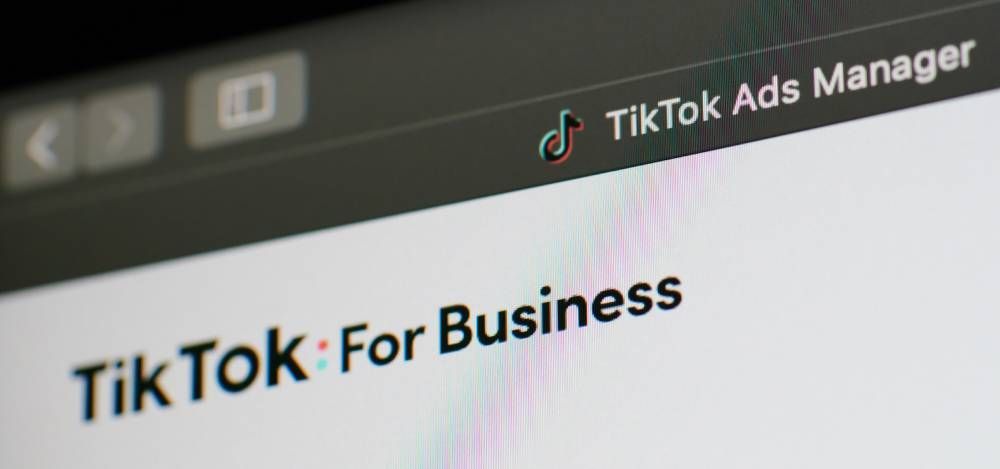- HOME
- ABOUT US
- SERVICES
- CUSTOMER STORIES
- OUR EXPERTS
- CONTACT US
- RESOURCES
555-555-5555
In need of some sound digital marketing advice?
Book a free consultation with one of our experts.
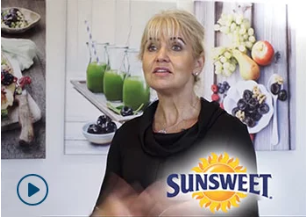
Making a difference in our clients’ lives
We positively impact the lives of our clients beyond their KPI reports.
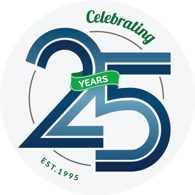
Things You Need To Know About On-page SEO
Gerardo Kerik
Digital Marketing Consultant
November 1, 2022
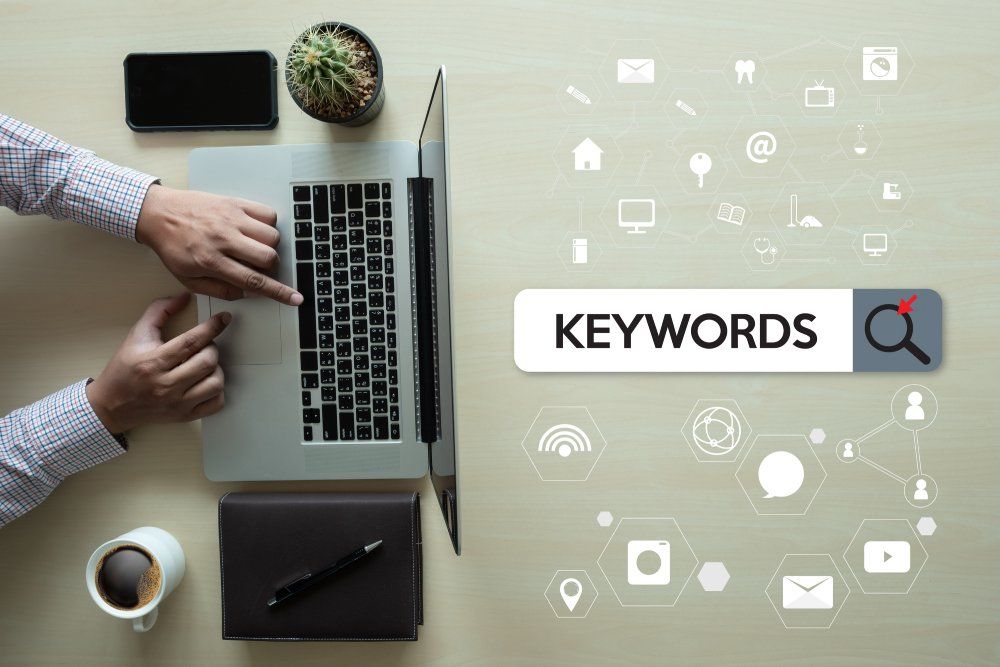
If you want to learn more about (search engine optimisation) SEO for your digital marketing journey, a good place to start is on-page SEO. In this guide, we’ll cover what it is, why it is essential and how you can optimise your content for SEO.
What Exactly Is On-page SEO?
On-page SEO simply means optimising your website (and each page on your site) for search engines to ensure a higher ranking and drive organic traffic to your website. Optimising your website for SEO (adaptive SEO) makes it easier for a search engine to find out what your content is about. In doing so, a search engine can easily recommend your content to its users, which is exactly what you want to achieve with your digital marketing strategy and lead generation services.
The on-page part of SEO refers to the aspects on your website that you can optimise, including the content (text or images), HTML tags (title tag, meta tag and header tag), internal links and addresses or URLs. It does not include external links (link building services) and other signals that point to your website to drive traffic.
Why Is On-page SEO Important?
On-page SEO is crucial for driving organic traffic (that is unpaid traffic) to your website. As search engines and their algorithms evolve, they look for more specific indicators that will tell them if your content is relevant and valuable to their audience. Because search engines are competitive businesses, they want to outshine their fellow search engines by giving users the best possible experience. If your on-page SEO factors indicate that your content is a good match for a search query, your content will get shared by search engines and more people will find your pay per click content.
Ways in Which You Can Optimise Your Content for SEO
By optimising your content on every page, you’ll have the best chance at ranking highly in search engine results, which is precisely what you want to achieve with your SEO strategy. Here are some ways in which you can use keywords to optimise your content on every page.
Use Your Target Keywords
Once you’ve picked your target keywords, use them at the start of your content (or as close to the beginning as possible) and use them frequently without being unnatural about it. While your keywords are incredibly important to signal what your content is about, you shouldn’t stuff them into every sentence. Overuse of keywords will make your content useless for humans, and that will not improve your ranking. Remember to include your keywords in your headings and sub-headings (at least one of your sub-headings).
Tag Headings and Subheadings
Use (H1) for your main heading and (H2) to tag subheadings. These tags help search engines to understand the structure of your content, which makes it easier to categorise and recommend it to users. If you leave out these tags, your entire strategy won’t crash and burn, but it can help you to make incremental improvements in your rankings by giving search engines just another factor to signal useful content.
Need help with your on-page SEO strategy? WSI Digital Boost offers a range of SEO and website services to help your audience to find you.
Visit our website or contact us today to find out about WSI Digital Boost’ digital marketing services.
The Best Digital Marketing Insight and Advice
The WSI Digital Marketing Blog is your go-to-place to get tips, tricks and best practices on all things digital marketing related. Check out our latest posts.
Subscribe Blog
Thank you for contacting us.
We will get back to you as soon as possible.
We will get back to you as soon as possible.
Oops, there was an error sending your message.
Please try again later.
Please try again later.
*You may unsubscribe from digital communications at anytime using the link provided in WSI emails.
For information on our privacy practices and commitment to protecting your privacy, check out our Privacy Policy and Cookie Policy.
For information on our privacy practices and commitment to protecting your privacy, check out our Privacy Policy and Cookie Policy.
Don't stop the learning now!
Here are some other blog posts you may be interested in.
Don’t miss this opportunity to unlock the potential of AI for your portfolio company. Whether you're looking to streamline operations or improve customer service, this session will provide the insights you need to take action.
Schedule a One-on-One consultation
If your company is already exploring AI opportunities or facing specific challenges, skip the wait and schedule a one-on-one consultation with WSI’s AI experts. During this session, we’ll discuss your unique needs and identify potential AI-driven solutions tailored to your business.
© 2021 WSI. All rights reserved. WSI ICE and WSI IM are registered trademarks of RAM. Privacy Policy and Cookie Policy
Each WSI Franchise is an independently owned and operated business.


